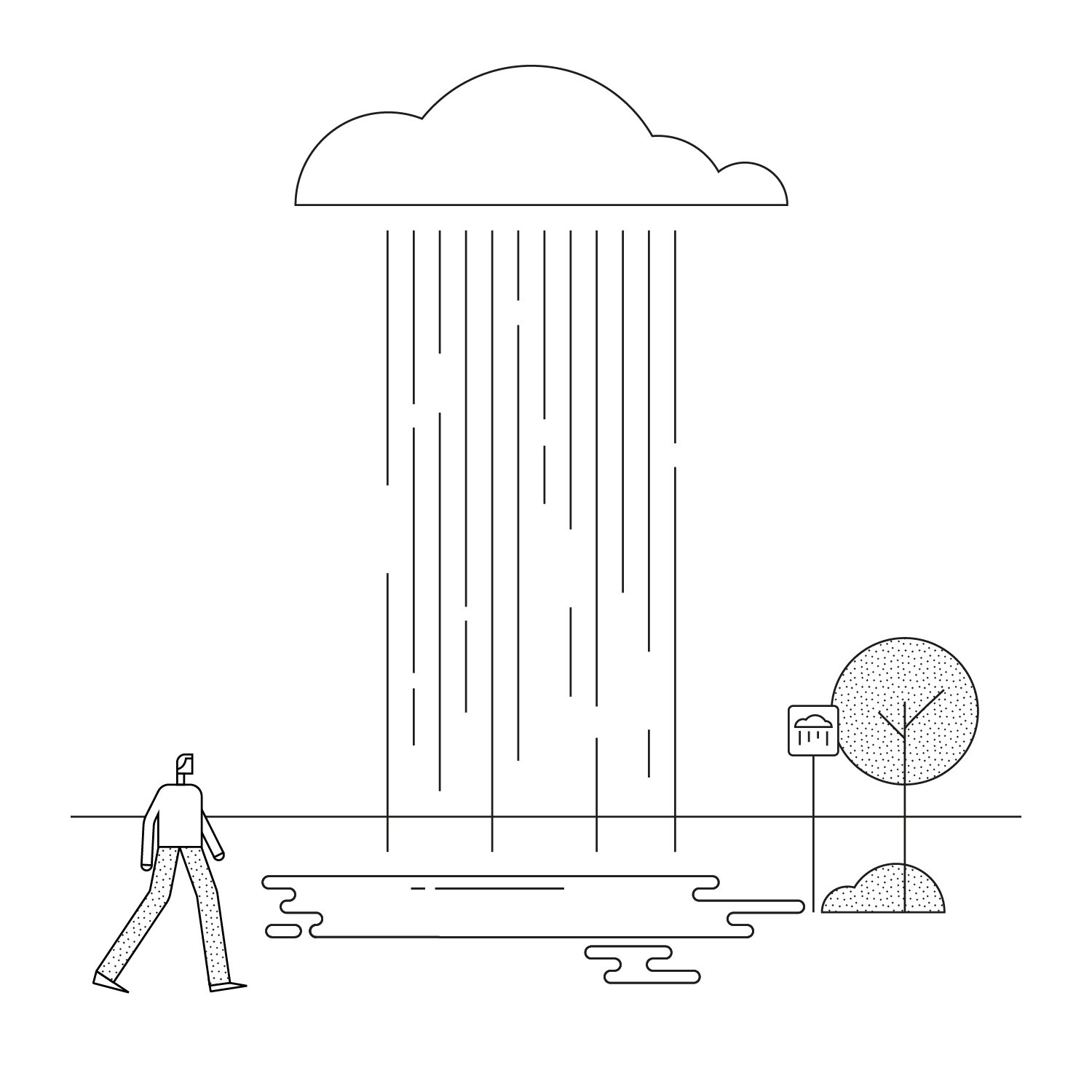Futurecasting workshopImagining a climate proof neighbourhood
We developed a futurecasting workshop with scientists, designers, policy makers and local inhabitants to imagine the future of the Vogelbuurt in Dordrecht. The method is now part of a toolbox to assist governments and organizations worldwide adapting to climate change.
Team
Creative concept: Marjolein Pijnappels
Research: CoCliServ, Copernicus Institute Utrecht
Illustrations: Spectric Design
How can we work towards future neighbourhoods that support people and planet?
Neighbourhoods in the West of the Netherlands are surrounded by water: from the sea, surrounding waterways and the skies. With the changing climate come extreme downpoors and sea level rise threatens these age old communities. Yet climate action is not on the forefront of most people’s minds. Providing information is not enough to motivate people. Climate science needs to be linked more directly to local communities to empower them to take steps towards climate proofing the neighbourhood. I supported scientists, policymakers and citizens with art-based interventions that build bridges between science and society. Welcome to the future Vogelbuurt.









The Workshop
In a former office turned working-hub near Dordrecht Central Train Station we covered the walls and windows with huge illustrations that visualized information-based narratives about the future of the Vogelbuurt. Scientists, policy makers and inhabitants were invited to ideate about possible solutions and take on an active role: drawing, writing, and cutting pre-designed elements and pasting them on the wall-covering street illustrations.
Outcomes of the projects
This type of art approach also involved a very tactile, physical mediation, which stimulated active discussion and creative work during the work- shops and put all participants on an even playing field. The workshop helped bridge the worlds of different scientific disciplines and different stakeholder groups, including policymakers, residents, and researchers. The results of the workshop have been used in a range of scientific research reports from the research program CoCliServ, i.e. the report Lessons learned from using art forms for the representation of local climate information.
The workshop method is now part of a Toolbox with participatory foresight methods that helps government and community leaders to improve citizen engagement.
The Municipality of Dordrecht has received the results of the feasibility study and is looking into how it’s going to implement the resident’s request for an early warning system.



